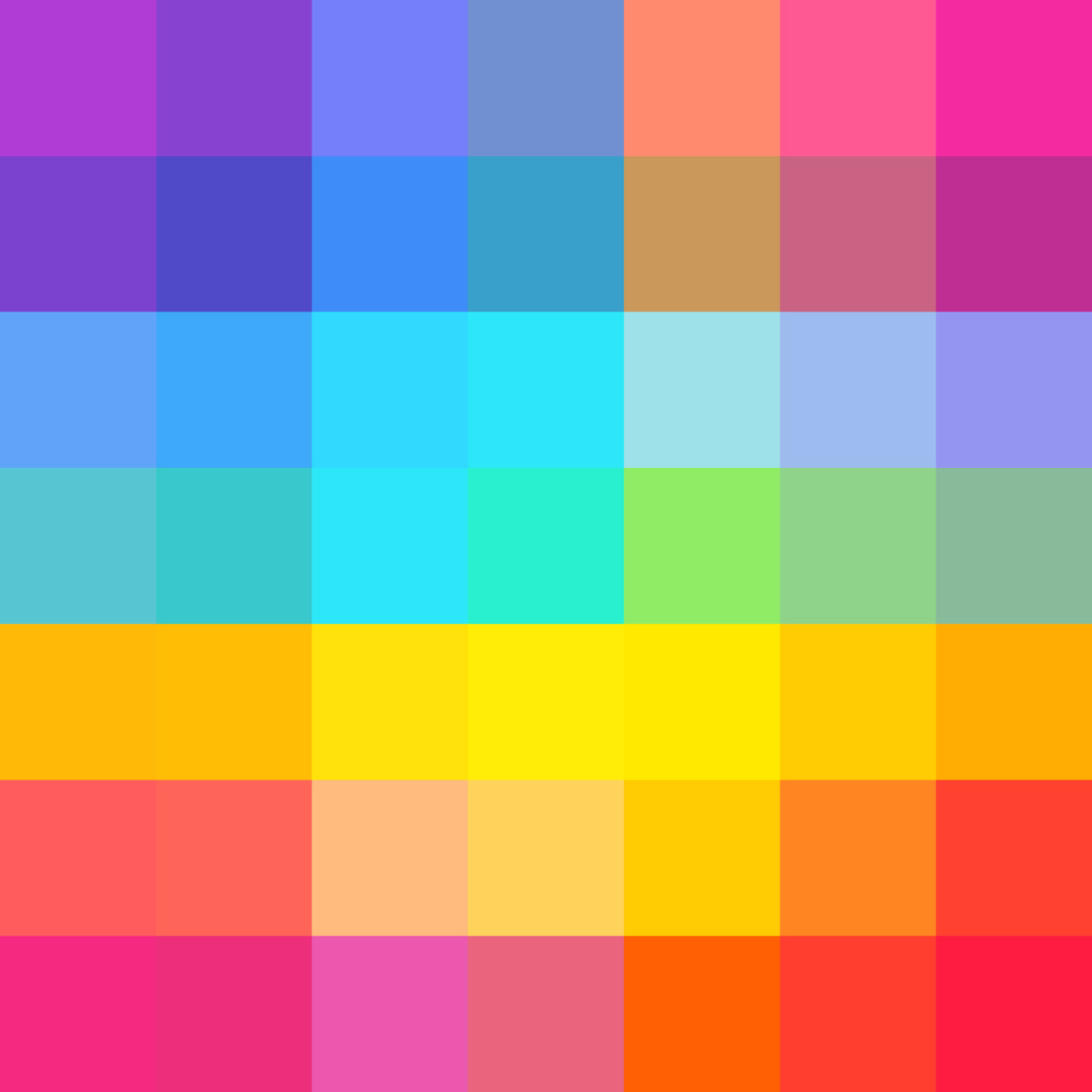The Psychology of Color in Fashion: Influencing Mood and Perception
The Psychology of Color in Fashion: Influencing Mood and Perception
In the dynamic and ever-changing world of fashion, color plays a crucial role that goes far beyond mere aesthetics. It is a potent tool that has the power to shape our mood, influence our perception, and even affect our behavior. Understanding the psychology of color in fashion is not only important for making a bold style statement but also for harnessing its potential to enhance our fashion choices. This exploration aims to delve deeper into the influence of different colors on our emotions and perception, and how this knowledge can be utilized to create impactful fashion statements.
The Impact of Color on Mood
Color possesses a unique power to stir emotions and evoke certain moods within us. Each color has its own distinctive characteristics and associations that contribute to its impact on our psychological state. Here's a glimpse of the role that various hues play in shaping our mood:
Red: Synonymous with energy and passion, red is an attention-grabbing color that exudes a sense of strength and intensity. It has the ability to evoke feelings of excitement and desire, making it a popular choice in fashion for those who wish to convey confidence and power.
Blue: Celebrated for its calming and soothing properties, blue has a tranquilizing effect on our emotions. It induces a sense of peace and stability, making it an excellent choice for environments where a sense of professionalism and trustworthiness is desired. In the world of fashion, blue outfits are often seen as sophisticated and suitable for formal occasions or business attire.
Green: Green is a color that symbolizes nature, growth, and rejuvenation. It has a refreshing and calming effect on our psyche, invoking a sense of harmony and balance. In fashion, green is frequently used to craft a relaxed and fresh vibe, making it a popular choice for casual wear and outdoor-themed events.
Yellow: Vibrant and energetic, yellow is often associated with joy, optimism, and cheerfulness. It has the power to uplift spirits and add a playful, spirited flair to any ensemble. In fashion, yellow attire can create a sense of positivity and vibrancy, making a bold fashion statement.
Black: A timeless symbol of sophistication and elegance, black holds a special place in the world of fashion. It is a versatile color that offers a sense of slimness and mystery, making it a staple choice for creating a chic and sophisticated look. Black has a unique ability to exude confidence and create a powerful fashion statement.
Fashion Choices and Perception
The colors we choose to wear in our fashion choices have a significant impact on how others perceive us. The associations and meanings attached to different colors can shape the way people view us and interpret our personality traits. Here are some ways in which various colors influence perception:
Power and Professionalism: Darker shades like black, navy, and dark gray are commonly associated with authority and professionalism. When wearing these colors, we tend to project an image of competence, confidence, and leadership qualities. They are often the preferred choices for formal occasions or professional settings.
Approachability and Friendliness: Lighter shades, including soft pastels and lighter tones, are seen as gentle, approachable, and friendly. These colors create an open and welcoming impression, making them suitable for social events or casual settings where a warm and inviting presence is desired.
Energetic and Bold: Vivid and bold colors, such as red, orange, and bright yellow, convey a sense of energy, creativity, and daringness. These colors capture attention and make a strong fashion statement, reflecting a vibrant and bold personality. They are often employed when one wishes to stand out and leave a lasting impression.
Integrating Color Psychology into Fashion Choices
Leveraging color psychology in fashion choices is a powerful strategy for not only looking good but also communicating the right message. By understanding the psychological effects of different colors, we can make informed decisions when selecting our outfits, ensuring that our fashion choices align with our personal style and the image we want to project. For example, opting for green attire for a nature outing would not only harmonize with the environment but also create a sense of tranquility and connection with nature. On the other hand, choosing blue for a job interview can convey a sense of professionalism, trustworthiness, and confidence.
Conclusion
Color is indeed a formidable communicator in the realm of fashion. By delving into the psychology behind various hues, we gain valuable insight into how colors can affect our mood and influence the perception that others have of us. Whether selecting an outfit for a special occasion or simply dressing for the day, it is worth considering the psychological impact of our color choices. By consciously incorporating color psychology into our fashion choices, we can not only express our personal style but also positively impact our mood as well as the way others perceive us. The colors we wear have the potential to evoke certain emotions, elicit specific responses, and create a lasting impression. So, the next time you pick your outfit, remember the power of color and consider the psychological impact that your color choices can have.




